The Leaders behind the Penn State Blue Band
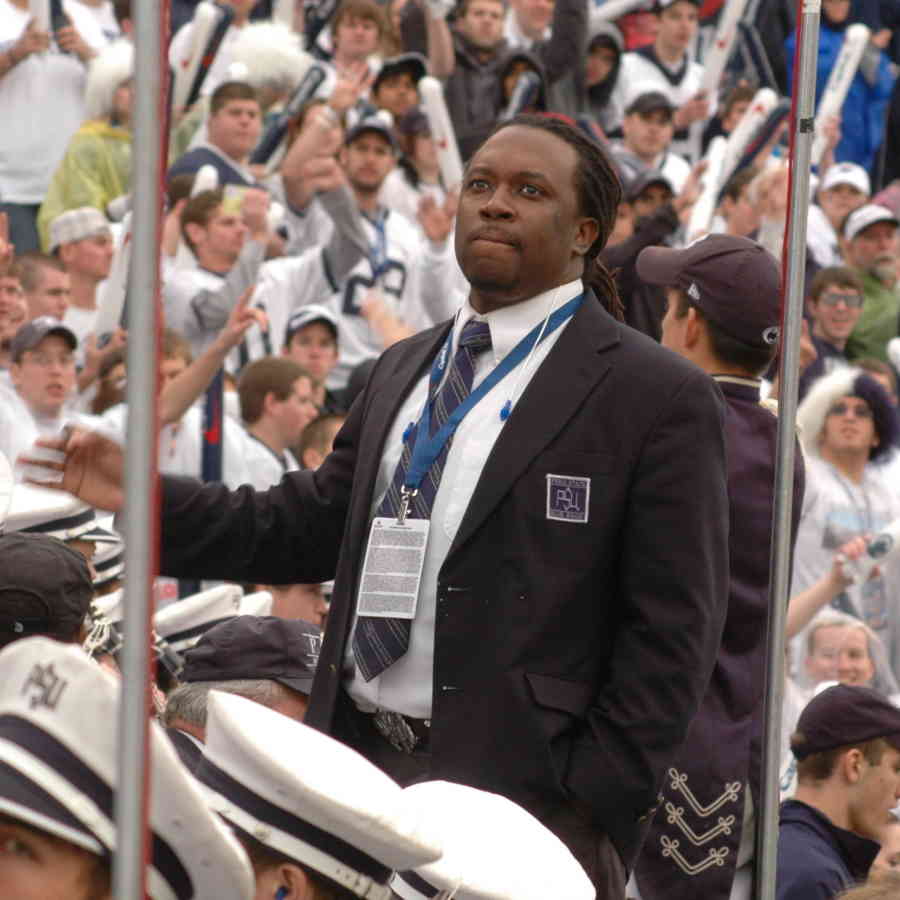
This article was originally published at statecollege.com
Over the long history of the Penn State Blue Band, there have only been six directors. Each director has contributed to the tradition of the band in some way. May it be changing the name of the band, changing the uniforms, creating new and imaginative formations or just creating new traditions, each director has had a hand in forming the band into what it is today.
1914-1939
Wilfred Otto "Tommy" Thompson
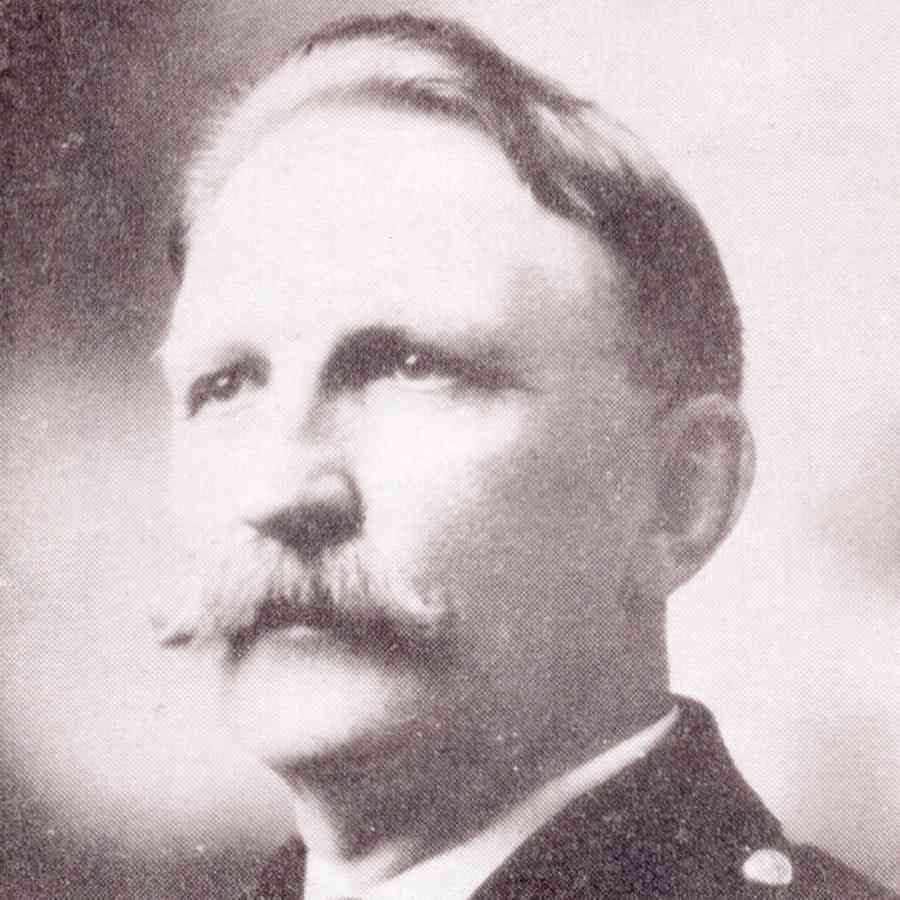
The first director of the band was Wilfred Otto “Tommy” Thompson. At the time, the band was known as the Cadet Band and it was a student run activity. In 1914, Penn State President Edwin Sparks, a graduate of Ohio State and an Ohio State Marching Band Alumnus, hired Thomspon to be the first director.
Thompson was a friend of John Philip Sousa and just retired from active military service. He was a very confident man. When asked about his hiring, he was quoted as saying, “Two great men came to Penn State in 1914. Bob Higgins (Football All-American and Penn State Head Coach) was the other one.”
Thompson is credited with originating the phrase “Blue Band.” When only 50 new uniforms came in, and they were blue instead of the normal military khaki, Thompson only picked the best players to wear the new uniforms. He would call this group of the best musicians Penn State had to offer the Blue Band. This Blue Band would perform at football games and special occasions throughout the college.
Thompson would retire in 1939, but not until the band had grown to about 129 members.
1939-1948
Hummel "Hum" Fishburn
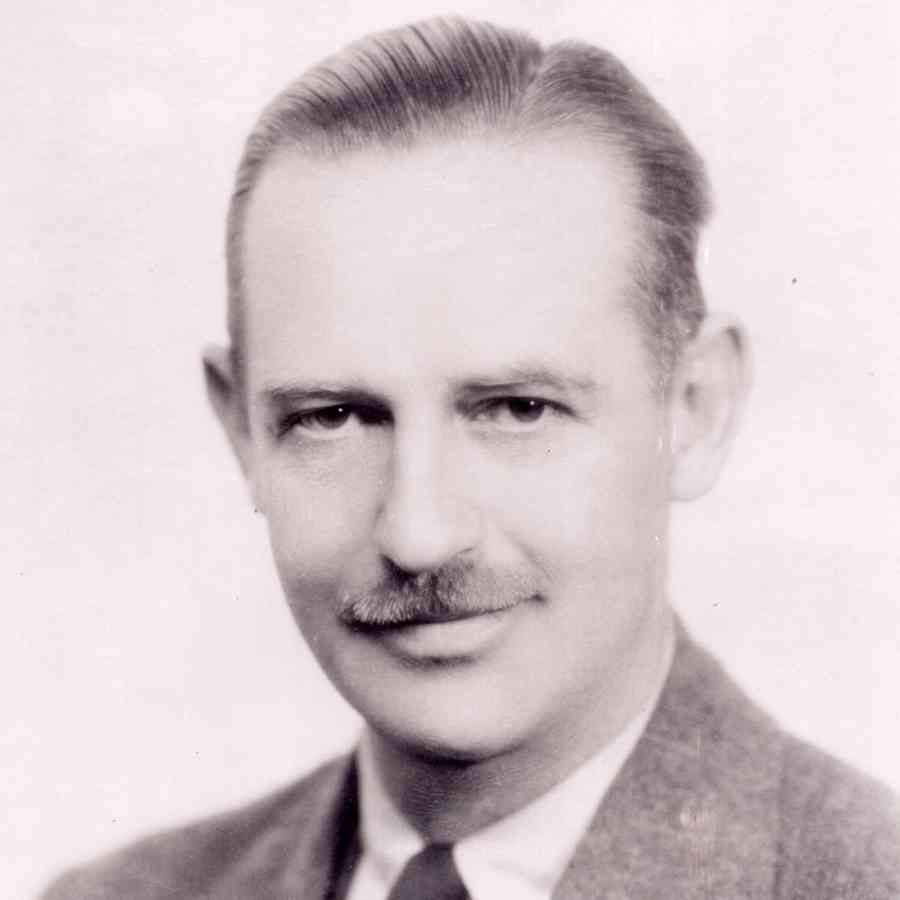
Hum Fishburn would take up the reigns from Thompson. Fishburn was a Penn State graduate, having a degree in finance and a master’s in psychology. He was very involved with music when he was at Penn State, playing the piano for silent movies, playing the organ for Sunday services and learning to play the bassoon since Thompson needed one for the college orchestra. Fishburn and Thompson would collaborate in founding the Alpha Zeta chapter of Phi Mu Alpha the Professional Music Fraternity for Men in Music at the college.
As director, Fishburn oversaw the integration of women into the Blue Band, however that only occurred during World War II. He also started to change how the Blue Band performed. Thompson had the band perform in a more military style due to his upbringing. Fishburn would make the band more collegiate, having the band create formations and words on the field and increase the band’s tempo from the traditional 120 beats a minute that military bands march to 180 beats a minute.
While he was director, Fishburn became head of the Department of Music and Department of Music Education, which made it difficult to still be director of the Blue Band. So, in 1948 he decided to hire someone to take over the directorship.
Though out of all the directors, Fishburn had the shortest reign as director from 1939 to 1948, he was a necessary agent of change to have the Blue Band move from a military style to a more collegiate style of marching.
1948-1975
James Dunlop
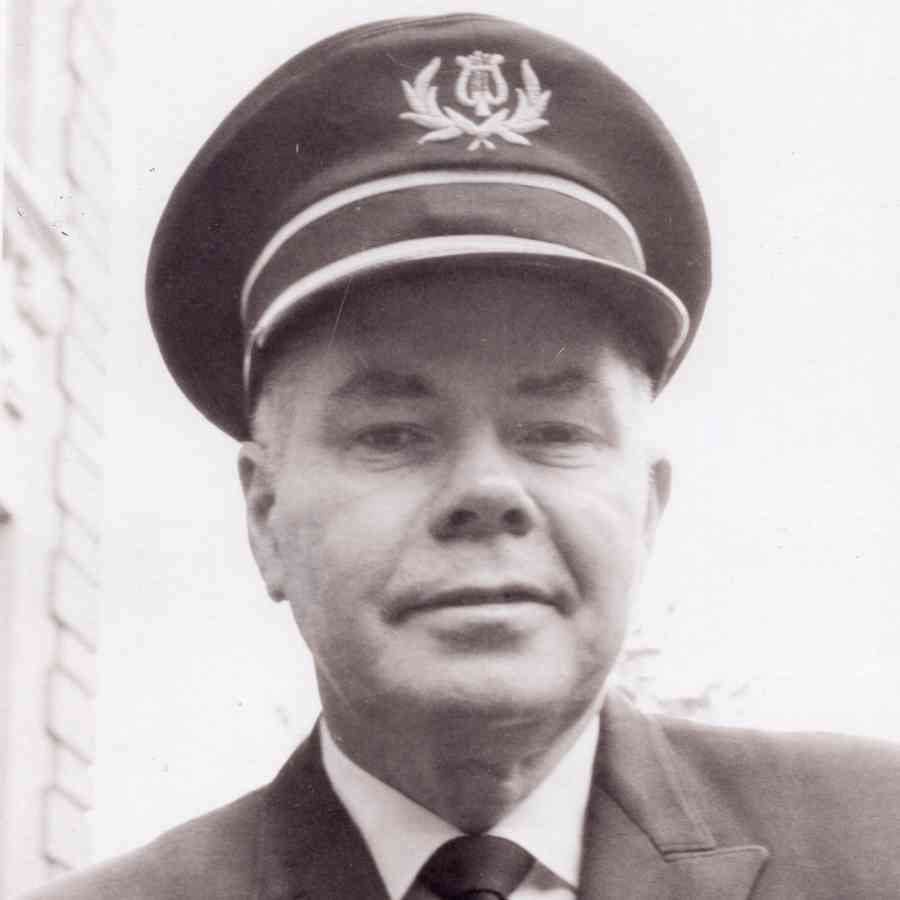
James Dunlop was a robust figure, towering over staff and students alike at six-foot-four-inches tall. He earned a public-school music degree from Mansfield State College and a master’s degree in music from the University of Michigan. He was a stickler for punctuality, having once chastised a bus driver for not leaving without him since he was the one running late.
During his tenure, Dunlop started or oversaw some great traditions such as: Band Day, Alumni Band, the Drum Major Flip, the addition of the Majorettes and Silks as well as a Feature Twirler.
Dunlop unexpectedly passed away on August 7, 1975. He was attending a summer music camp at the University of Utah. Assistant Ned C. Deihl would have to be elevated to director just a few short weeks before the 1975 season. Because of this, plus that the first game was only three days after students returned for the fall, all returning members of the Blue Band did not have to audition.
1975-1996
Ned C. Deihl

Deihl would earn a degree in music education from Indiana University and a master’s in music from the University of Michigan. Deihl then came to Penn State in 1961 to earn his doctorate and then never left. He was hired as Assistant Director of the Blue Band in 1962.
Deihl stayed Director of the Blue Band until his retirement in 1996. During his tenure he started the Bandorama tradition (hearing the Blue Band’s show music in a concert setting), coined the name Blue Sapphire and most importantly, wrote the Floating Lions pregame drill that is still performed today. Deihl also oversaw the Blue Band joining the band programs of the Big Ten and made marching part of the audition process.
Deihl inherited a Blue Band with 166 members and upon his retirement, the band had grown to 275!
1996-2015
O. Richard Bundy

At the time of Dr. Deihl’s retirement, O. Richard Bundy was Assistant Director and was promoted to Director. Bundy has the distinction of being the only band director that was actually in the Blue Band. Bundy came to Penn State as an undergraduate from 1966 to 1970 as a music education major and played trombone in the Blue Band. Though Fishburn was a Penn Stater, he was not in the Blue Band.
After graduation, Bundy would enlist in the military and play in the Fiftieth Continental Army Command Band. After his tour, he would work as a high school band director and then in 1976, start graduate school at the University of Michigan. In 1980, a graduate assistant position opened at Penn State which he accepted and started to work on his doctorate. In 1983, Bundy completed his doctorate and became Assistant Director of the Blue Band and upon Deihl’s retirement, promoted to director.
Bundy would retire in 2015, but during his tenure he oversaw the creation of the Blue Band building, the Blue Band winning the Sudler Trophy (the highest honor a college marching band can receive), the growth of the Athletic Band Program to include not only football and basketball but now Ice Hockey. The Blue Band grew during his tenure that he had to recreate the Floating Lions drill twice to include more musicians. As a thank you for all his hard work with the Penn State Bands Program, the newly constructed Blue Band Building was named after him.
2015 - Present
Greg Drane
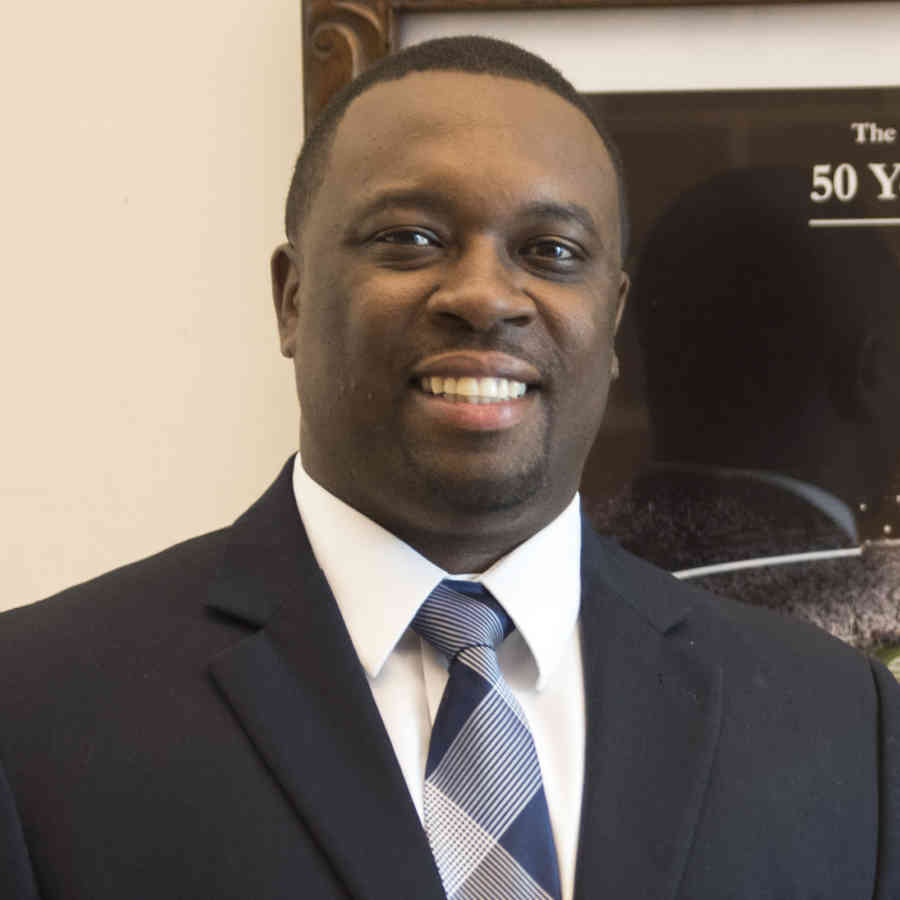
Courtesy of Annmarie Mountz
In 2015 the Blue Band would have a new director. Greg Drane would become the sixth director of the Penn State Blue Band. Drane earned dual degrees in music education and saxophone performance from Bethune-Cookman University. He joined the staff of the Blue Band in 2002 as a graduate assistant, eventually earning his master’s in music education.
In 2005, he became the Assistant Director of the Band and was responsible for directing the athletic pep bands, which included the Pride of the Lions Basketball Pep Bands and the Power Players Hockey Bands. He also started the Fall Athletic Bands for Women’s Volleyball.
The Blue Band has grown under his direction and Drane has created shows that not only incorporates the band in a “moving picture show” way, but also the sound system and graphics Beaver Stadium has to offer.
All six directors of the Blue Band have added to the rich history of the program and under Drane's direction, the Blue Band will continue to Raise The Song!
This article was originally published at statecollege.com


